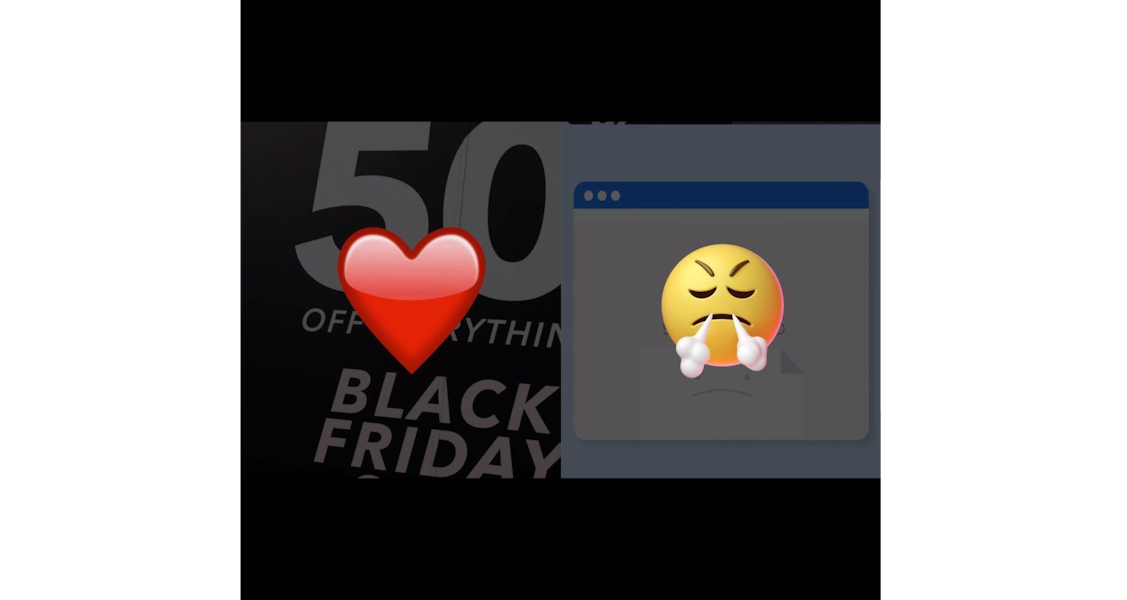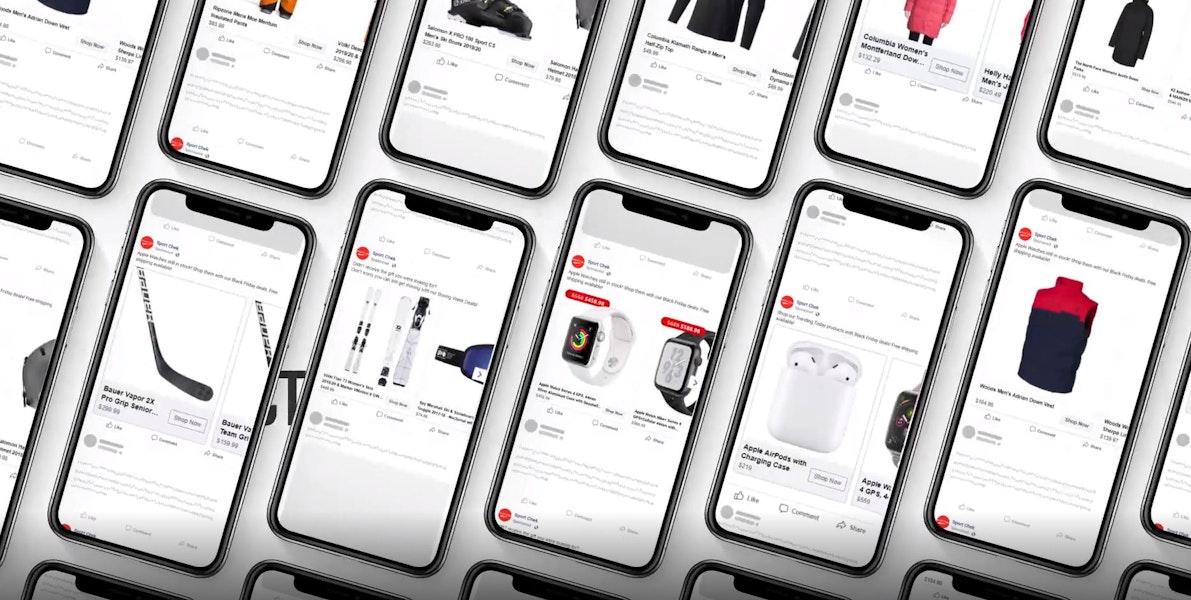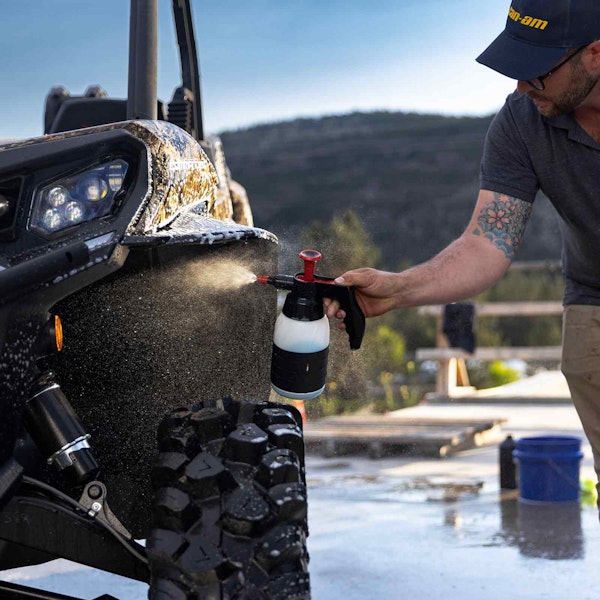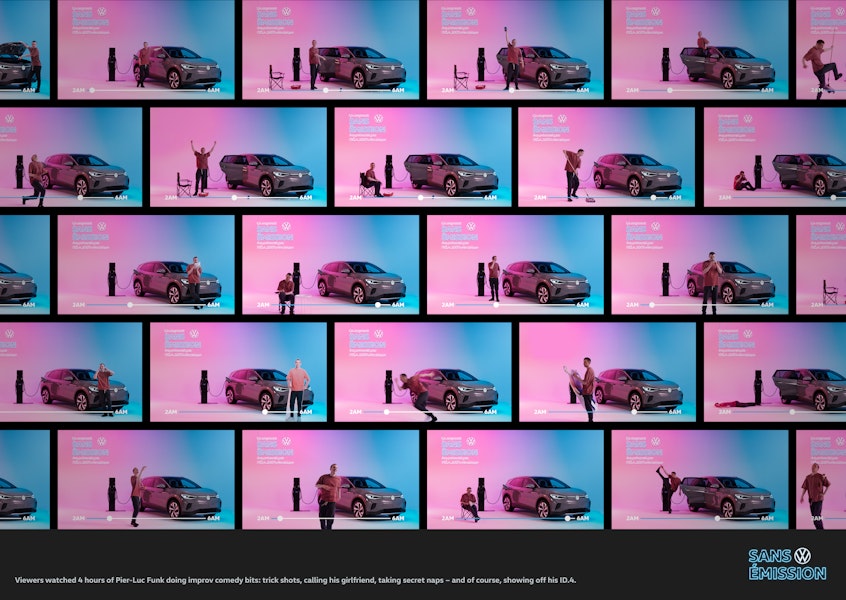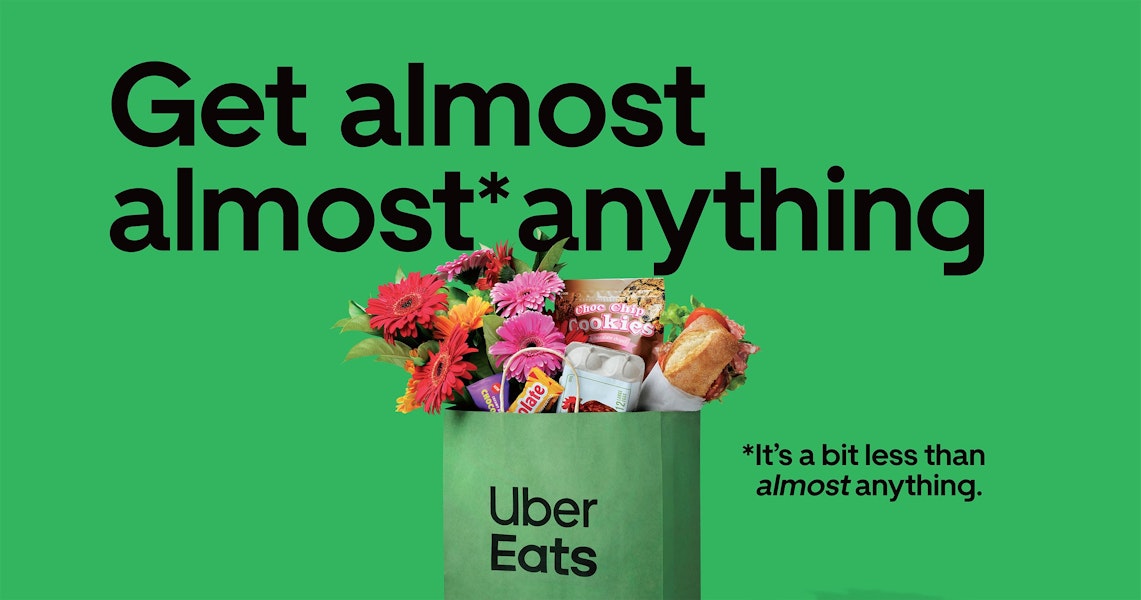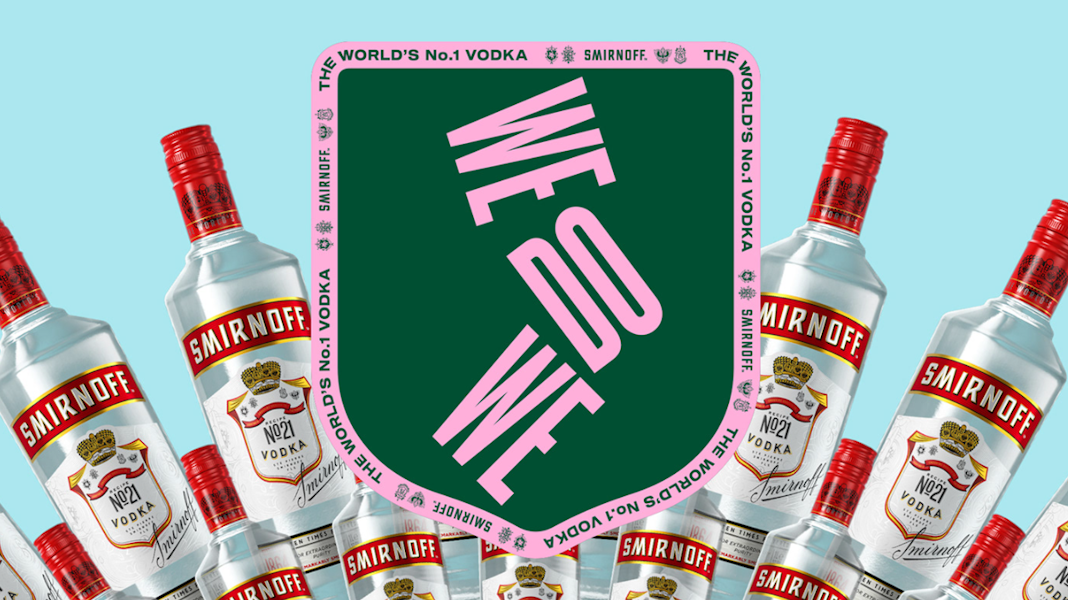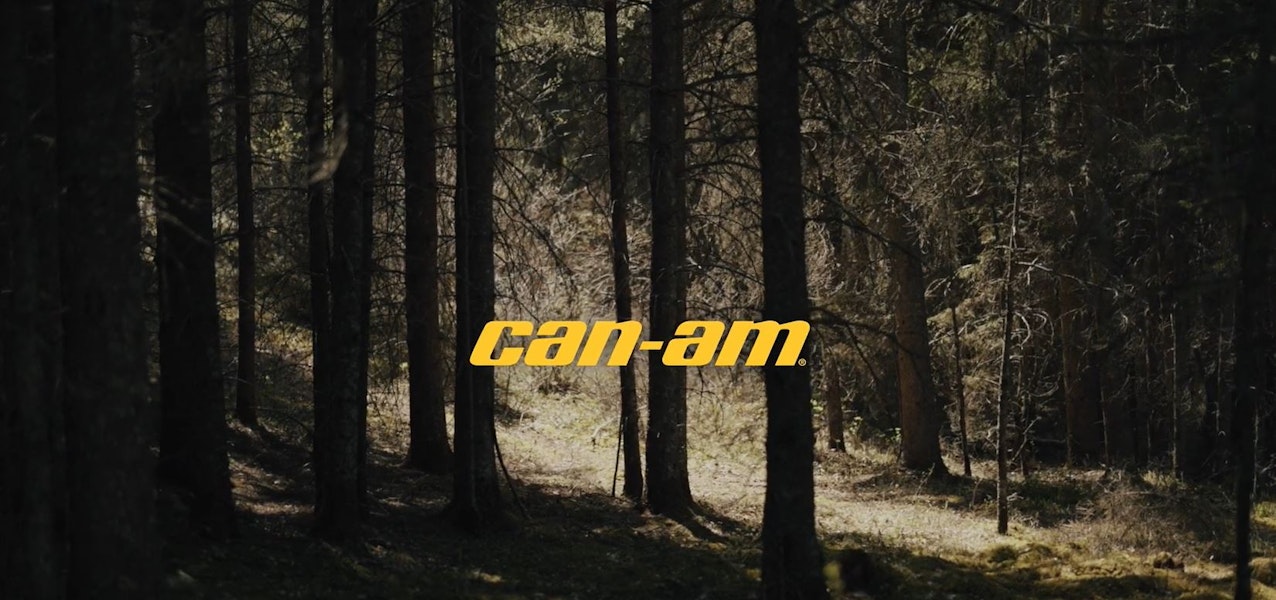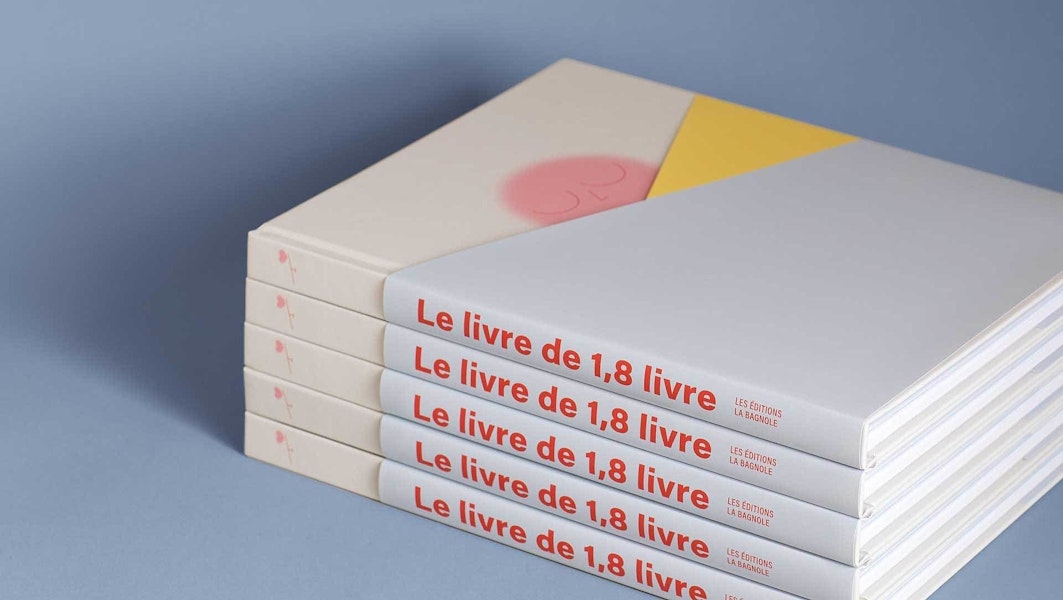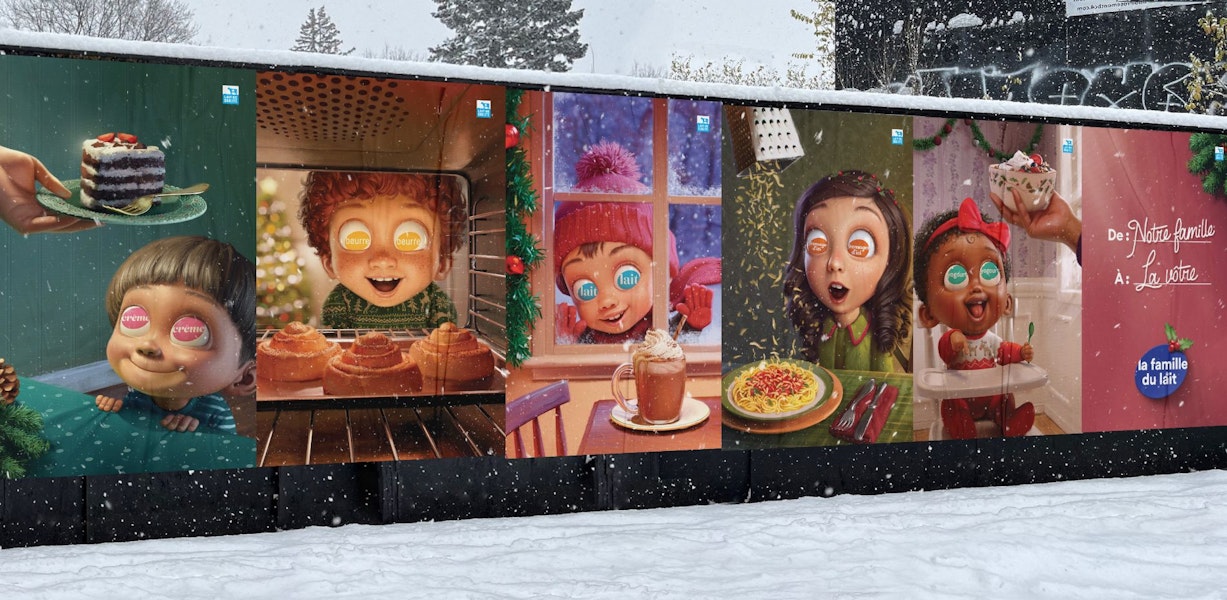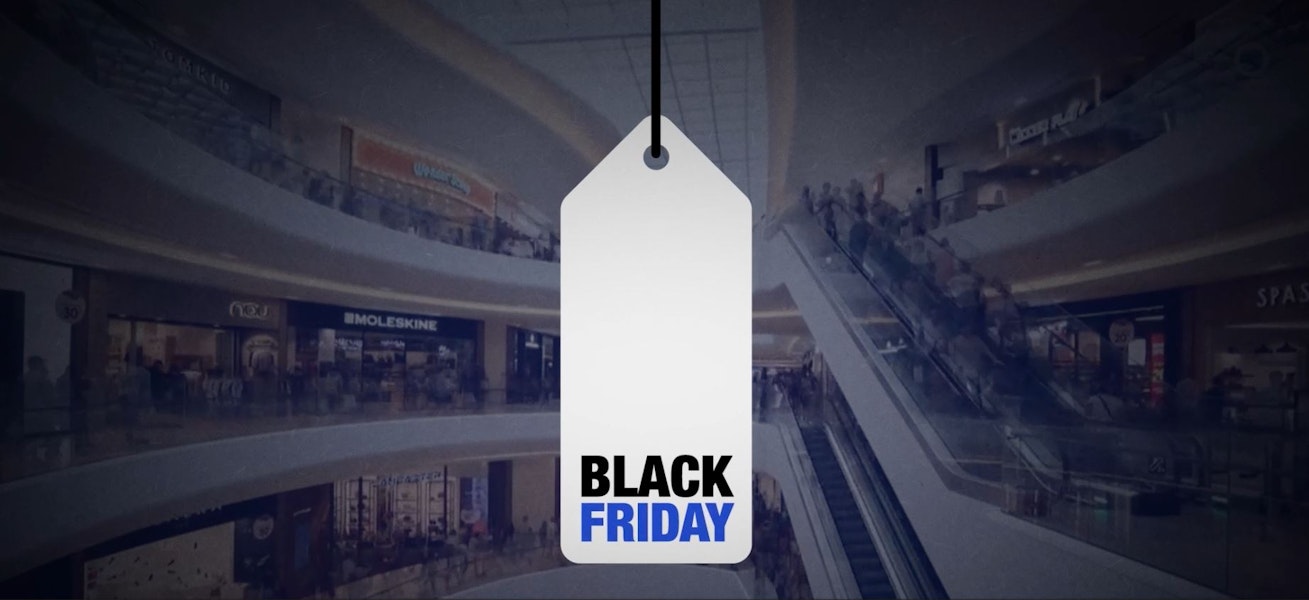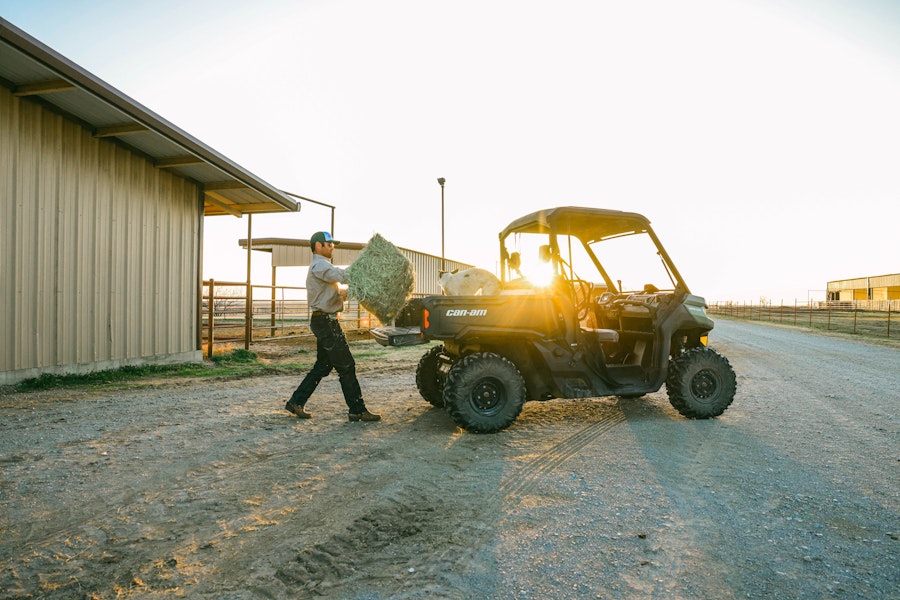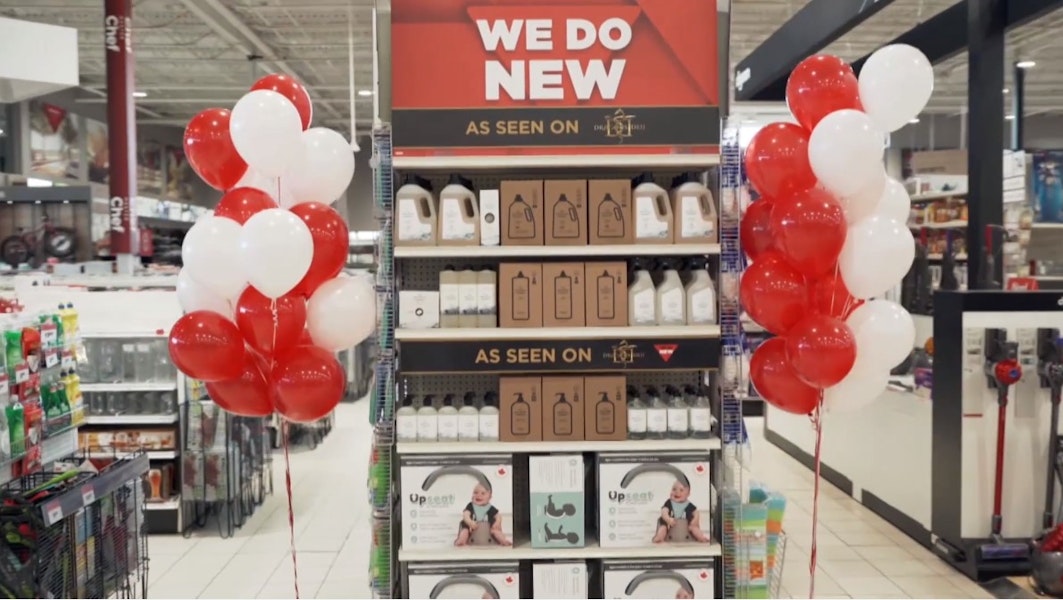Fueled by data.
Driven by creativity.
Redefining
creativity




What’s new at Touché!
Latest newsm-IFJUmiUQTC6iKx0iWyuvYg

What does it take to move a jury of creative veterans? The answer surprised even us: human emotion, creative envy—and a strategic, not superficial, use of AI.
Envious of the Work (and the Role of AI)
One unspoken rule in the jury room was this: If the work made us jealous, it was probably great.
When we debated the Grand Prix, one juror summed it up perfectly: “This one made me f***ing jealous.” That was it. We knew.
While we evaluated work on clarity and craft, another thread kept tugging at us: AI. We aligned quickly—AI is a tool. Nothing more, nothing less. The real measure was whether it served a powerful idea. The litmus test was simple—if you removed the AI from the work, did anything meaningful remain? If the answer was no, it didn’t make the shortlist. AI for AI’s sake didn’t move us. AI that advanced an idea, elevated emotion, or added dimension? That had our full attention.
The work that moved us—emotionally and intellectually—used technology in service of storytelling. Not the other way around.
Data is Everywhere: A Decade of Creative Discovery
When the Creative Data category launched in 2015, some thought it was an oxymoron. One story from Cannes’ chairman stuck with me: someone once crossed out “data” on the jury room sign and wrote “impossible.”
Fast-forward ten years, and data is everywhere and essential.
This year, we judged work using data from forests, oceans, animals, forgotten furniture, even dry urine. Each dataset became a creative springboard. Each piece proved that data isn’t a constraint. It’s a catalyst.
This year’s work proves it: data is no longer a constraint—it’s a creative catalyst.
In the hands of the right minds, data doesn’t just explain the world. It reimagines it. And it gives us new ways to connect, to solve, to create.
Final Thoughts
Cannes 2025 reminded me of something vital: that when we combine data, emotion, and bold thinking, we don’t just make great campaigns. We make change.
What was once “impossible” is now indispensable.
And I, for one, am grateful to have had a front-row seat to it.
m-XH_sip9JSKCfkBF-CQ_s0w

Serving as a jury member at Cannes is an honour—but it’s also a deeply human experience. What struck me most wasn’t just the brilliance of the work we reviewed, but the brilliance of the people I shared the room with.
Among Legends
Nothing prepares you for the sheer calibre of talent that gathers in the Cannes jury rooms. Our Creative Data jury included C-suite executives, creative titans, data visionaries, and brand leaders—from every continent and perspective.
The respect was immediate and mutual. Our debates were passionate, sometimes heated, but always driven by a shared desire to uphold the highest standard of creativity. More than once, I heard someone say, “Can you explain your point of view? I think it might change my mind.” That openness was the heartbeat of our process.
And yes—we laughed. We bantered. We bonded. By the end, we weren’t just a jury. We were a fraternity. The connections forged during those days of intense deliberation are relationships I know will last for years.
In the Jury Room: Where Debate Meets Decision
Cannes is no place for passivity. We gave tough scores. We sent real-time follow-up questions. We asked hard questions—of each other and of the work.
Our jury president, Tina Allan, led us with remarkable intuition. She gave space when we needed it. And she knew when to push us forward.
One moment I’ll never forget: a piece called the ACKO Tailor Test had been passed over early. But something about it stuck with me. I brought it back into discussion, made the case for its creativity, strategy, and impact. The room reconsidered. It made the shortlist. It won a Gold.
Later, a client on the ACKO team found me at the Palais and thanked me—not for the award, but for believing in their work. That moment was a reminder: great work needs advocates.
These debates aren’t just about judgment. When done right, they’re acts of creative advocacy. They elevate the work that deserves to be seen.
Coming in the final part: The role of AI, creative envy, and what 10 years of Creative Data tells us about the future of marketing.
